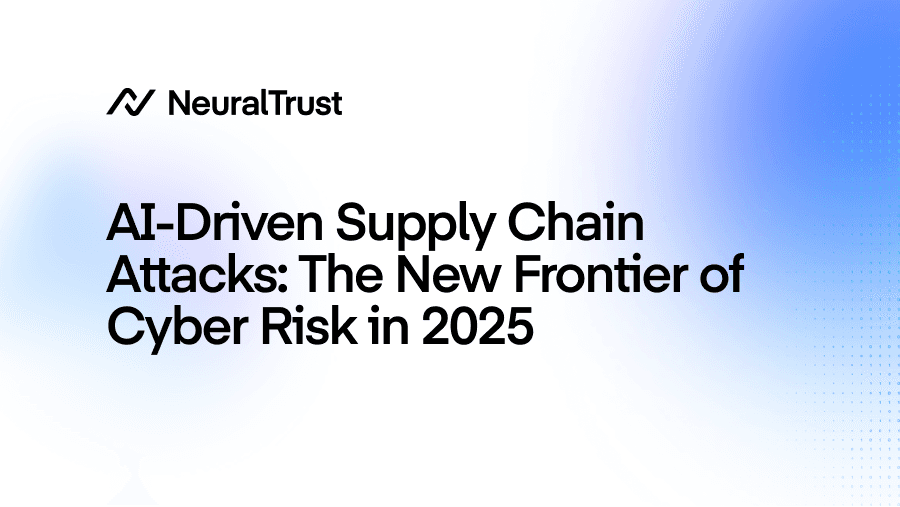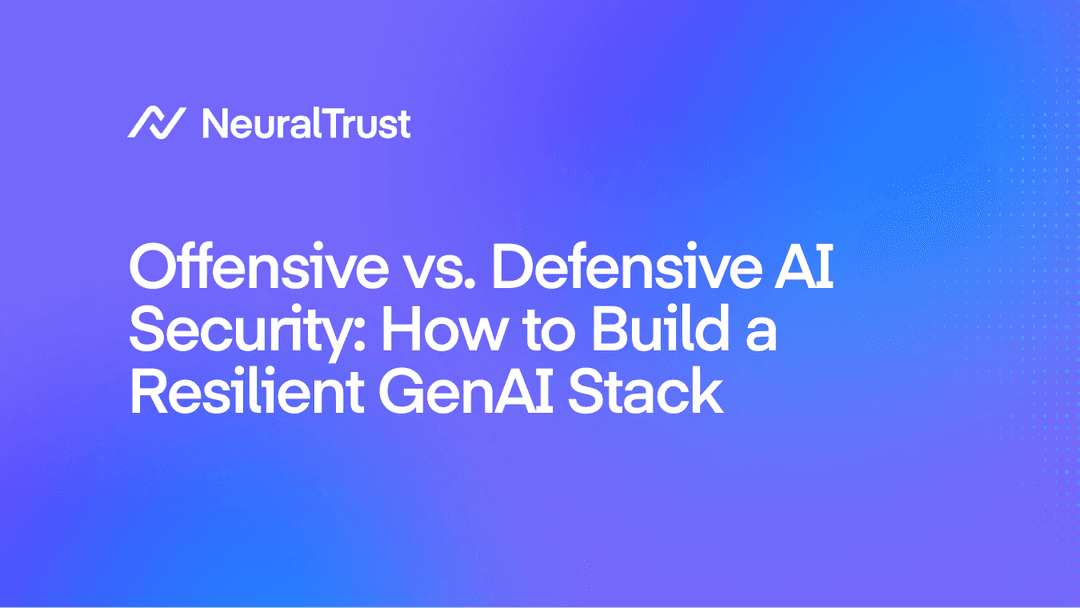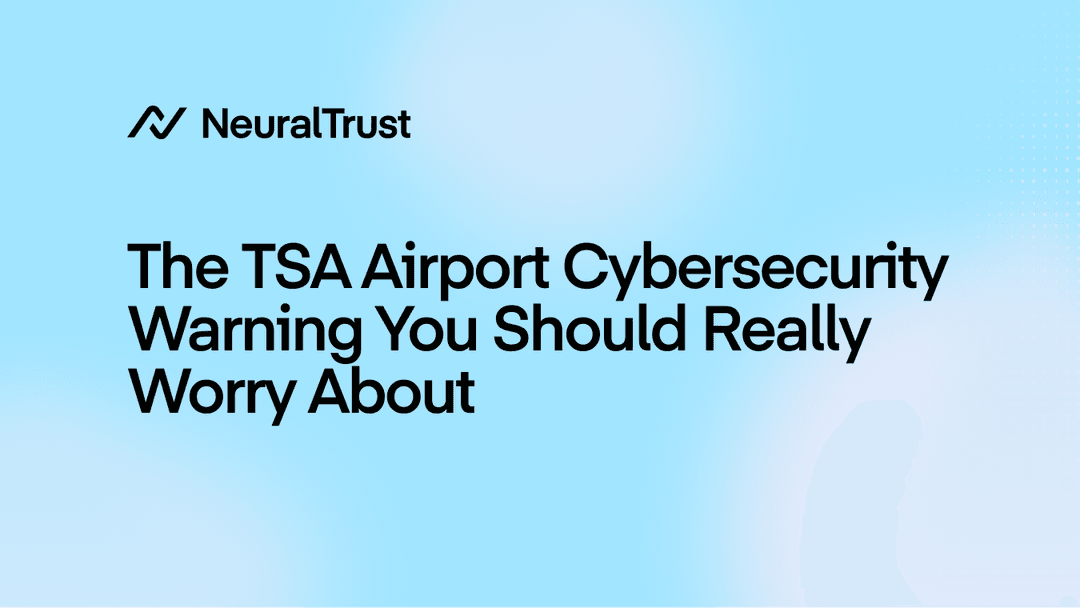AI-Driven Supply Chain Attacks: The New Frontier of Cyber Risk in 2025

Supply chain attacks are not new. But in 2025, AI has transformed them from opportunistic breaches into highly adaptive, large-scale assaults. As organizations digitize operations and integrate AI into logistics, finance, and vendor management, attackers are using the same tools to identify weak links and exploit them faster than ever.
According to Cybersecurity Ventures, supply chain-related breaches have increased by nearly 40% since 2023, costing businesses billions globally. In Europe, the World Economic Forum’s Global Cybersecurity Outlook highlights supply chain vulnerabilities as the top barrier to cyber resilience for over 50% of large organizations.
The digitization that has brought efficiency has also introduced a new scale of exposure. This new digital ecosystem, while a marvel of modern engineering, is also fertile ground for AI-powered threats that are faster, smarter, and more autonomous than their human counterparts. The race is on, and for many organizations, defenders are currently outmatched.
What Makes AI-Driven Supply Chain Attacks Different?
Traditional supply chain attacks exploited outdated systems or unmonitored third-party vendors. AI supercharges these tactics in three fundamental ways:
- Speed: Algorithms can scan thousands of suppliers in minutes, identifying vulnerabilities faster than human teams. Previously, attackers might spend months doing manual reconnaissance; today, AI bots can map an entire vendor ecosystem almost instantly.
- Scale: Attacks can now be launched simultaneously across multiple vendor ecosystems. AI automates reconnaissance and exploitation, enabling a single group to compromise hundreds of suppliers at once.
- Adaptability: AI-powered malware learns from its environment. It changes behaviour to avoid detection, evades endpoint tools, and can even lie dormant when it suspects analysis. Unlike signature-based malware, AI malware rewrites itself in real-time.
Together, these traits make AI-driven attacks nearly impossible to track, contain, and remediate using legacy security approaches.
How Hackers Weaponize AI in Supply Chains
AI gives cybercriminals the ability to operate like Fortune 500 companies: efficient, automated, and global. Some of the most concerning attack vectors include:
- Automated Supply Chain Reconnaissance: AI scrapes vendor policies, code repositories, and leaked credentials to instantly identify weak links. As The Hacker News has reported, compromised GitHub repos and misconfigured cloud services are now prime entry points.
- Data Poisoning & Model Corruption: Poisoning AI datasets undermines decision-making in procurement, demand forecasting, and logistics. A single corrupted model could lead to fraudulent vendor approvals or malicious code injection across an entire ecosystem.
- AI-Generated Malware: Using reinforcement learning, malware evolves continuously, adjusting to firewalls, bypassing EDRs, and exploiting vulnerabilities on the fly.
- Deepfake Vendor Impersonation: Fraudulent AI-generated voices and videos impersonate trusted executives or suppliers, tricking staff into authorizing payments or shipment diversions. In 2023, Forbes reported that deepfake fraud was already costing companies over $500M annually, a figure set to grow with AI adoption.
Why Supply Chains Are Especially Vulnerable
Several factors make supply chains uniquely exposed:
- Complex vendor ecosystems: Large enterprises manage thousands of third- and fourth-party vendors. A single weak link can cascade across the entire chain.
- Small suppliers as weak links: Attackers often target smaller vendors with limited security budgets, then pivot into larger organizations.
- Rapid AI adoption: Businesses integrate AI into operations without fully vetting the risks of compromised models.
- Regulatory pressure: The EU NIS2 Directive and DORA raise compliance requirements, but securing sprawling supply chains remains challenging.
Case Studies and Emerging Trends
Logistics SaaS Breach (2025)
In early 2025, a leading logistics SaaS provider, became the target of an unprecedented AI-driven supply chain attack. Threat actors deployed a self-learning malware that infiltrated the company’s update servers, injecting malicious code directly into its core logistics platform.
- Impact: The breach disrupted operations for more than 500 global retailers, halting shipments, corrupting inventory data, and delaying order fulfillment for weeks.
- Data Loss: Customer payment details and vendor credentials were exfiltrated and later sold on dark-web marketplaces.
- Attack Method: Investigators found that the attackers used AI to perform automated reconnaissance across the company´s cloud environment. The malware continuously adapted to their security patches, rewriting itself to evade detection, an evolution of tactics seen in the SolarWinds attack.
The incident demonstrated how a single platform provider can become a “super-spreader,” transmitting malicious updates to hundreds of dependent companies in real time.
MedTech Compromise
Around the same period, a multinational medical device manufacturer suffered a sophisticated AI model poisoning campaign. Hackers targeted the company’s machine-learning system responsible for verifying firmware updates in critical devices like insulin pumps and pacemakers.
- Impact: By introducing poisoned training data, attackers inserted hidden backdoors into device firmware that could be activated remotely.
- Safety Risk: Patients were suddenly exposed to the possibility of remote tampering with life-saving equipment, forcing regulators and healthcare providers to recall thousands of devices.
- Lessons Learned: This attack revealed the dangers of unvalidated AI supply chains in healthcare, where a compromised model can lead to physical harm, not just data loss.
Broader Implications
These modern incidents echo the lessons of previous large-scale supply chain breaches such as SolarWinds and Kaseya, where a single compromise cascaded across multiple industries.
- Systemic Risk: Just as the SolarWinds attack exploited trusted software updates to infiltrate U.S. government agencies and Fortune 500 companies, AI-powered campaigns now use adaptive malware to accelerate that ripple effect.
- Industry Convergence: Supply chain breaches are no longer confined to IT providers. Critical infrastructure, healthcare, energy, and retail are equally at risk as AI expands the attack surface and automates lateral movement across sectors.
The takeaway is clear: AI-driven supply chain attacks are not hypothetical. They are multi-industry, cross-border events capable of disrupting commerce, endangering lives, and undermining trust in the very technologies meant to secure modern operations.
Defending Against AI-Driven Supply Chain Attacks
The same AI tools that attackers exploit can also empower defenders. Best practices include:
- AI-Powered Threat Detection: Use continuous monitoring systems that flag anomalies across supplier traffic.
- Continuous Risk Assessment: Replace outdated vendor questionnaires with automated, AI-driven posture assessments against ISO 27001, SOC 2, or NIS2 standards.
- Incident Response Automation: Deploy AI to trigger real-time containment, isolation, and communication workflows.
- Zero-Trust Integration: Apply dynamic, AI-enhanced access controls that adapt to user behaviour in real time.
- Regulatory Alignment: Stay ahead of EU AI Act requirements by ensuring AI deployments remain transparent, auditable, and secure.
At NeuralTrust, we combine AI-driven risk monitoring with practical resilience strategies to help organizations strengthen vendor ecosystems and defend against AI-powered threats.
Looking Ahead: The Future of AI and Supply Chain Security
The AI arms race is just beginning. Expect:
- Quantum + AI Attacks: Faster decryption of today’s strongest cryptography.
- Self-Propagating AI Malware: Autonomous agents capable of infiltrating and persisting without human control.
- Weaponized Generative AI: Industrial-scale deepfake campaigns against supply chain executives.
Yet, these same technologies may also enable predictive threat modeling, self-healing networks, and automated compliance monitoring if organizations act early.
Conclusion
AI-driven supply chain attacks represent the new frontier of cyber risk in 2025. They are faster, smarter, and more scalable than anything organizations have faced before.
For CISOs, risk managers, and compliance leaders, the message is clear: AI in supply chains is inevitable, but security is optional.
At NeuralTrust, we help organizations navigate this new landscape with AI-driven monitoring, vendor risk intelligence, and tailored resilience strategies. To dive deeper into AI risks, read our guide on How Prompt Injection Works.


